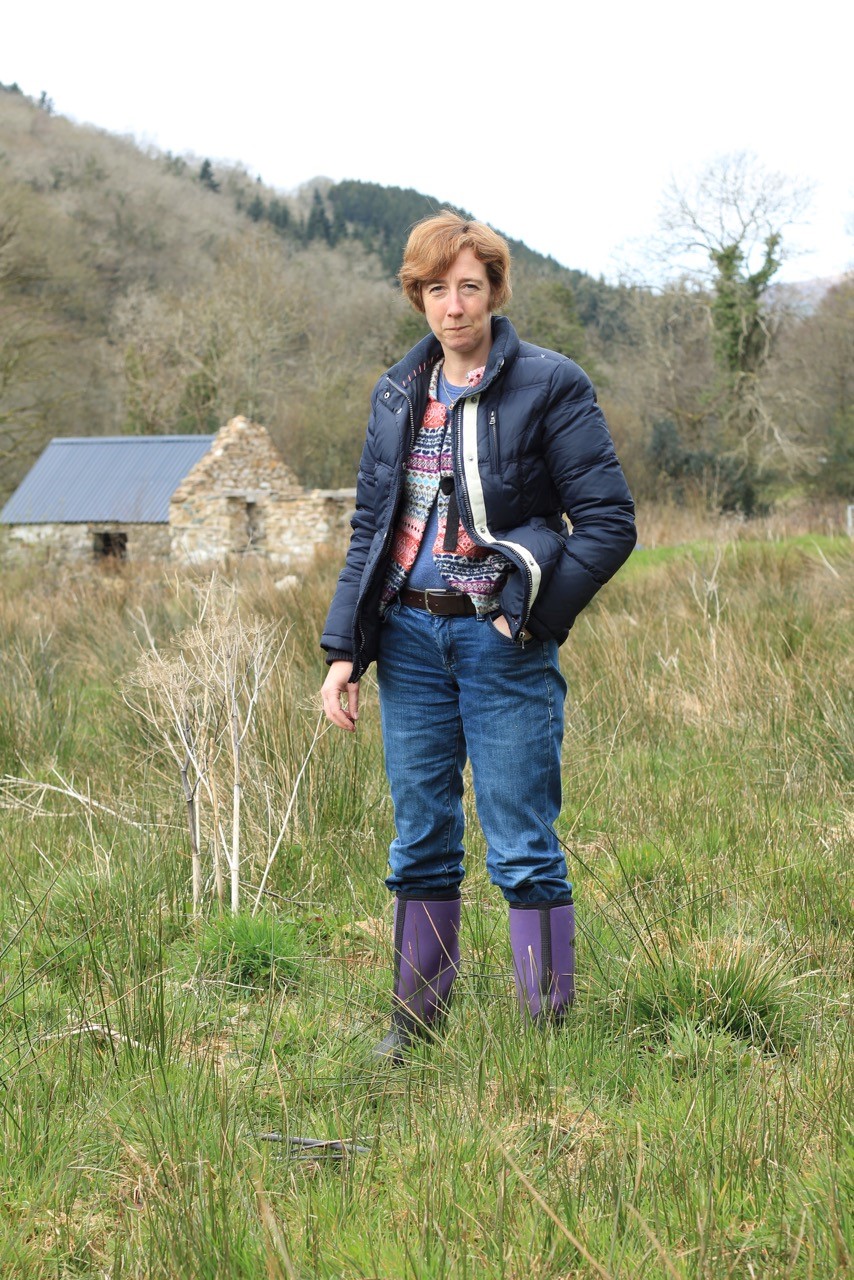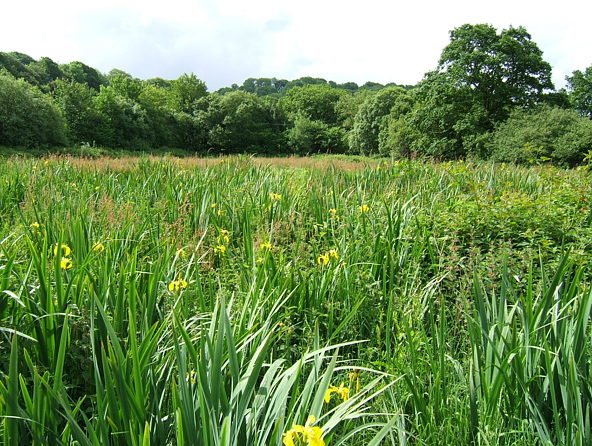Who is your wetland hero? | Marsh Award 2018

For the past two years, we have been rewarding people for their game-changing work with wetlands. So many people across the UK work hard to make a difference for wetland wildlife yet their enormous efforts are overlooked.
That is why this year we have added another dimension to our annual Marsh Award to highlight all the wonderful work going on in the wetlands around the UK. In 2018, we will be giving out not one, but two awards to the people that deserve them. One is reserved for a special person who has devoted a lifetime to supporting wetlands, while the other will be awarded to a person who has made the biggest impact over the last 12 months. This second, new award is about recognising a person who has recently achieved something amazing.
The winner of each award will receive a cheque for £1,000, thanks to the generous support of the Marsh Christian Trust. By working together to celebrate these wonderful people creating and preserving UK wetlands, we aim to inspire even more people to live wetland friendly lives.
You're free to nominate absolutely anyone. But to spark new nominations and provide some inspiration, we have spoken to four heroes who would make worthy winners for their contribution to wetland ways! Simply download and complete our nomination form to put forward one of these or your own suggestion. Our panel of expert judges will review applications after 31 May so please nominate today. It’s another way that as a supporter of WWT you are part of saving and protecting wetlands and their wildlife!
First, we introduce Kate, who has spent over a decade transforming land in west Wales.
Kate Conway

Kate is a copywriter based in Bristol. 14 years ago she and her husband Grant purchased six hectares of marshy land in the foothills of the Preseli Mountains in Pembrokeshire, Wales. The land is bordered on one side by a small river, the Eastern Cleddau, and on the other sides by woodland. There’s a combination of lowland meadow, purple moor grass and rush pasture, tall fen and hedgerows.
The land had previously been used for grazing cattle, which had left the low lying pasture churned up and blanketed with brambles, drainage ditches and barbed wire fencing.
Kate admits herself that when she first bought the land she was a complete “wetland” novice. When faced with the chaotic mass of tussocky reeds, brambles and overgrown hedgerows, her initial plan was to create a beautiful wildflower meadow. And having grown up near the chalk downlands of Wiltshire, the image she had in mind was of ox eye daisies, poppies and cowslips. However over the last 14 years, she’s had to look again and see the real beauty and bio diversity value of her boggy bit of land.
She was lucky enough that early on in her “wetland” journey she was put in touch with conservation experts from the Pembrokeshire Coast National Park. On their advice, traditional methods of land management were adopted, drainage ditches were quickly filled in and Kate allowed her land to be re-claimed by water. Every autumn, native welsh mountain ponies are bought on by the Pembrokeshire Coast National Park to graze the land through the winter.
Now when she looks out from the wood cabin she and her husband have built on the land, she is greeted by a vista of yellow flag iris, yellow rattle, meadow buttercup and ragged robin. It’s been a long slow journey. But every year the spring brings new surprises as the original seedbed of this increasingly rare habitat has allowed the right conditions to flourish.
Kate’s taught herself how to identify plants using a Wildflower Key. In the early years Kate had to look really hard for flowers. But now, where once there was the odd patch of cuckooflower and field speedwell, she’s rewarded with great blue and white swathes of these delicate meadow flowers. Where once there was only one type of grass - bright green and all one length - there’s now a rich mosaic of numerous types of meadow grass, reeds, and sedges.

Butterflies patrol the brambly woodland edge and regular visitors include orange tip, peacock, holly blue and green veined white. The grasses and wetland meadows are alive with invertebrates, while overhead red kites and the occasional peregrine falcon soar on thermals looking for the small mammals that make their home here. Bats come out in the evenings to make the most of the bountiful insect life.
There is a small shepherds hut to stay in and also a small log cabin that Kate and her husband built complete with sofa beds and a log burning fire. They also built their very own wood burning hot tub. Everything they have put together is off grid, using water from the springs above the land, electricity off solar and wood for heat.
The land is a constant work in progress and next on the list, is to create a shallow pond or “scrape” with plans for the future to turn it into a natural outdoor pool.
It may not have turned out to be the quintessential English wild flower meadow that Kate first had in mind, but it has become her little bit of wetland heaven.